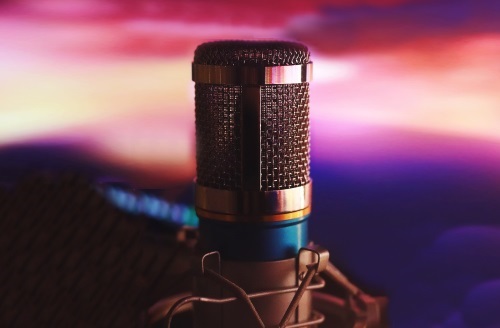Variable polar patterns can actually be good for several things. Before we go into them, we should probably briefly discuss what the main polar patterns are.
The three “main” polar patterns are cardioid (or unidirectional), figure-eight (or bidirectional), and omnidirectional.
In a nutshell a cardioid microphone picks up sound from the “front” only. A figure-eight microphone picks up sound from the front and rear of the microphone. An omnidirectional microphone picks up sound from all around.
There are also a few polar patterns that fall between cardioid and figure eight that are supercardioid and hypercardioid.
The supercardoid pattern has more side rejection than cardioid…in other words, it’s even more directional…but there’s a little more pickup from the rear.
The hypercardioid pattern offers even more side rejection, but there’s even more pickup from the rear. If you look at the patterns side by side you’ll see a “progression” from cardioid to supercardioid to hypercardioid to figure-eight where the side rejection gets better but the lobe in the back grows until pickup from the front and back is equal and the rejection on the sides is almost complete.
So now that we know what they are, what are they good for?
Well, first of all there are the obvious advantages that apply to certain situations. The cardioid pattern is by far the most used, especially in the studio; as for the most part people point a microphone at a source and record it.
However, if you want to pick up, say, a group of background singers, the omnidirectional pattern would be the most appropriate as it picks up sound from all around. It’s also useful if you want to pick up the sound of the room you’re recording in, such as when you’re using a microphone as room microphone for drums or when you’re recording an orchestra in a nice-sounding hall.
Likewise, a figure-eight microphone may be useful when you’re recording two people singing together who want to face each other as they do so. They’re also good for picking up the sound of a room as they pick up more of the sound in the room than a cardioid microphone, although not as much as an omni.
Also, as mentioned earlier, the figure-eight pattern offers nearly complete rejection of sound coming in from the sides, so if you’re ever in a situation where you want to pick up as little of something as possible…say, a computer in a small home studio, or a certain instrument in an ensemble recording…you’ll do the best job or rejecting that sound aiming the side of a microphone with the figure-eight pattern at the sound you want to reject.




















